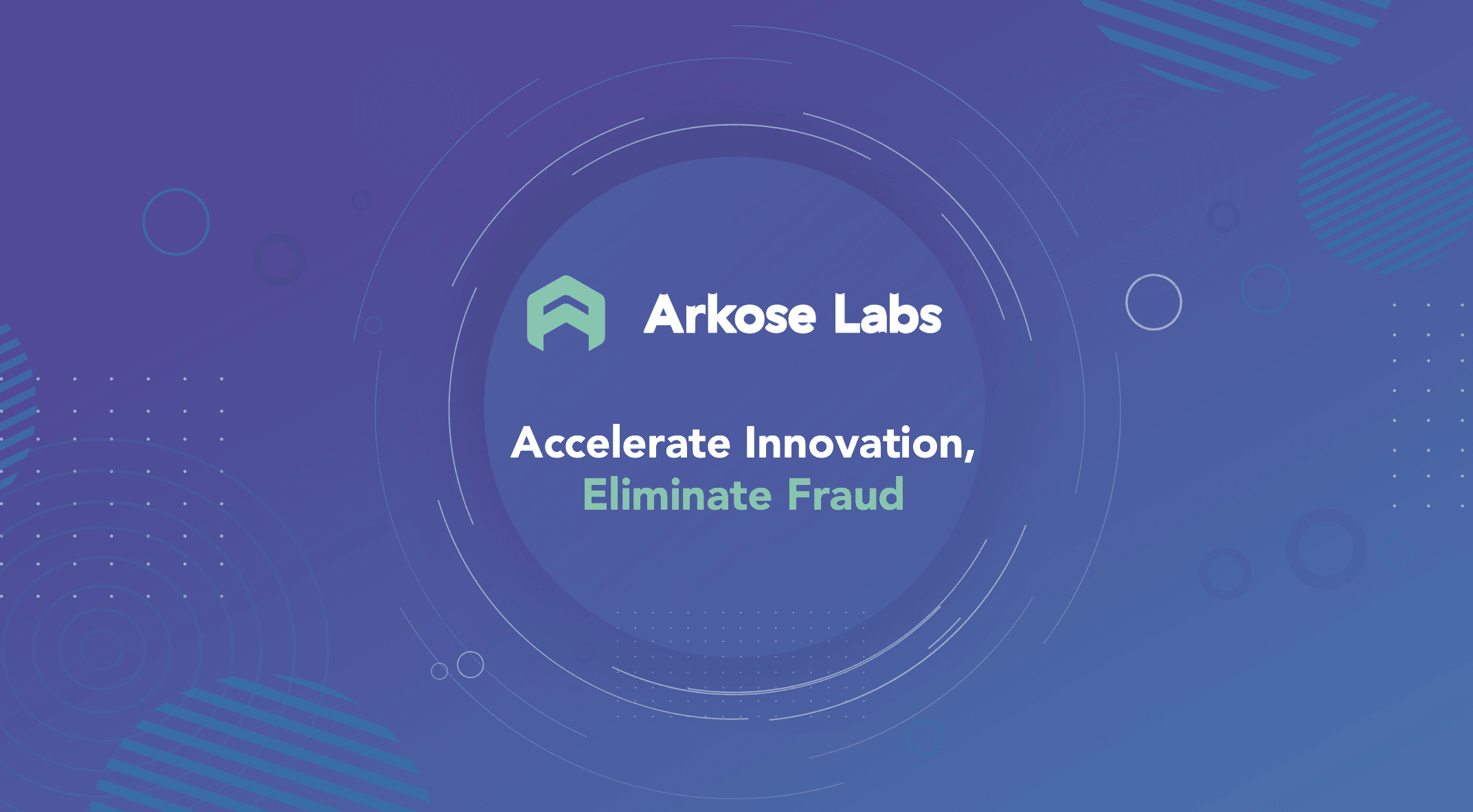We brought industry thought leaders straight to your computers in a series of discussions under the theme ‘Collaborate Fearlessly’.
This installment in our virtual panel series, features Ido Lustig from BlueVine and Timothy Davis from SoFi. Fintechs are the epitome of innovation and industry disruption, therefore I was excited to speak alongside them on how to best balance innovation and fraud prevention. Here are the highlights from our discussion.
The Competing Forces of Fraud and Customer Experience
It was clear from our discussion that businesses still face a constant challenge in balancing good user experience with effective fraud prevention. Customer loyalty across all industries depends on easy access to goods and services. However, a great deal of trust is placed in these businesses to protect their money and their identities.
The lifecycle of fraud prevention has traditionally been reactive. As attack patterns shift, businesses have often been caught off guard with inadequate fraud protection. This causes many businesses to overreact, implementing stringent controls that can result in onerous authentication challenges for their users or false positives that classify good customers as fraudulent. The danger of going too far in the opposite direction in the name of keeping things strictly friction-free is that fraudsters can slip through the net. Businesses need to achieve a very delicate balance for mature fraud prevention.
The Legacy Problem
Legacy systems that rely on SMS authentication or tired visual challenges cause too much friction for authentic users. As one of our panelists put it bluntly, “I am sick of identifying crosswalks and palm trees!” Furthermore, these “defenses” are easily bypassed by fraudsters using solvers and off the shelf software, and they have been circumventing these systems for years.
It’s about finding the right level of friction for the industry and customer base. Authentication challenges should make sense to customers, first and foremost. It should not put the burden of proof onto individuals and force them to jump through hoops to prove they are legitimate. But as our panelists pointed out, this can vary between industries. For example in finance where the potential for money loss is high, customers expect a higher level of friction, whereas, in e-commerce, customers do not expect to have to share personal details (e.g. social security numbers, etc).
The huge growth in tech innovation has provided huge benefits to consumers but has also opened up a world of opportunities to ‘entry-level’ fraudsters who develop skills via widely available YouTube fraud tutorials and sharing of simple-to-use fraud toolkits.
The COVID-19 Effect
COVID-19 had a significant impact on the fraud sector. Based on data from the Arkose Labs network, there was initially a reduction in human-driven fraud, as fraudsters and legitimate businesses alike adjusted to the challenges of working from home. However, we are seeing pockets of fraudsters pop up in new places, such as Italy and Peru, which could be directly attributed to the economic consequences of lockdowns.
Due to the sudden economic downturn across the globe, there is likely to be a surge in fraud as people struggle to maintain their normal income streams and are driven to make a quick buck where they can.
The reactive response to fraud prevention has allowed fraudsters to stay ahead of the game. Fraudsters are at a distinct advantage, as they direct all of their resources to evading common styles of defense, while businesses have to divide their focus over multiple areas from product and business development to user experience and image.
Our panelists stressed that it is impossible to defeat any fraud without the best technology and smart tactics, but businesses are often not aware of where fraudsters will target them until they see new attacks develop. Fraud prevention needs to be multi-layered and able to adapt quickly, constantly monitoring the system to look for irregularities and anomalies. All fraudsters are driven by ROI, so the most effective fraud prevention solutions should focus on draining the attackers’ resources and bankrupting the business of fraud.
Conclusion
Our panelists were in agreement that collaboration across digital sectors is key to finding the best fraud prevention solutions for your company. A healthy ecosystem is one in which competitors band together in the fight against global cybercrime.
It is essential to prioritize investment and resources in fraud prevention before problems present themselves. This enables adaptive, proactive fraud prevention, protecting profit, company reputation and customer trust in the long term.
Please find a 1-page LISTICLE summarizing the top 5 insights from the panel here.








